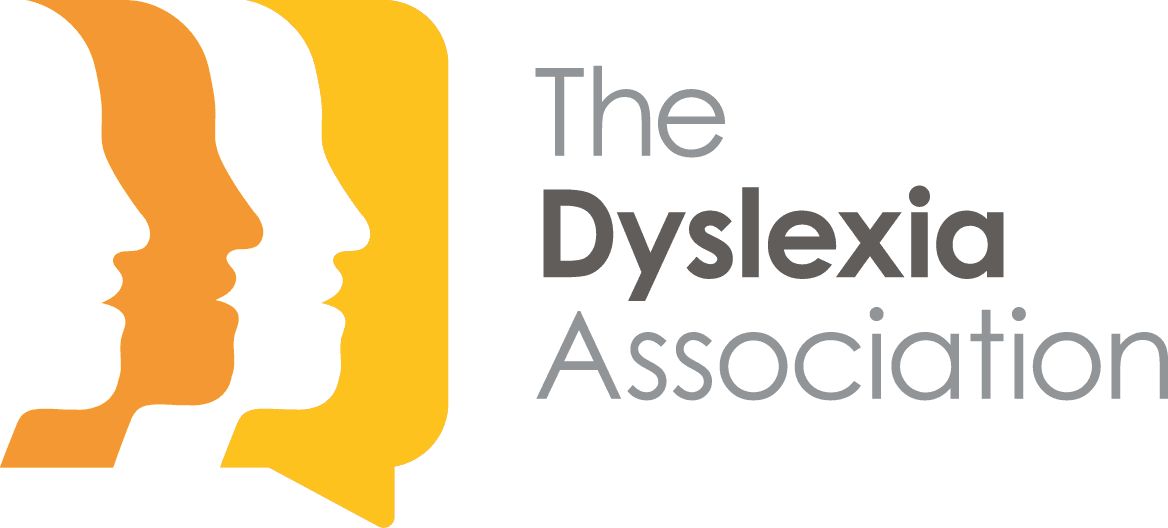A quick method of determining whether or not a more detailed investigation of possible dyslexia is sensible, is to use an indicator checklist – such as the ones provided below.
- Look at the indicators for the age of the person you are thinking about.
- Also look at the indicators for a younger person. Do these still apply? Did some apply when the person was younger?
- If several indicators are present, further investigation may be advisable.
- A family history of dyslexia makes it more likely that the person you are considering also has dyslexia.

